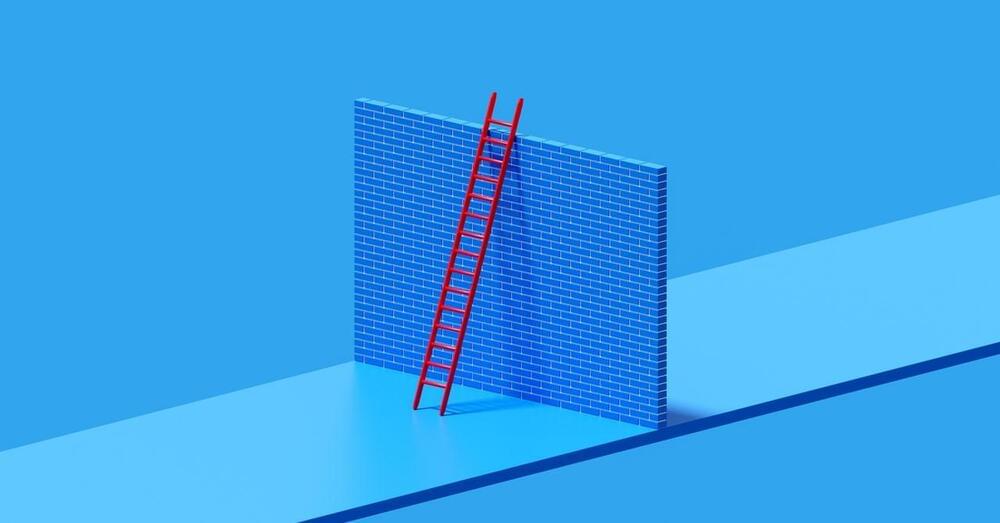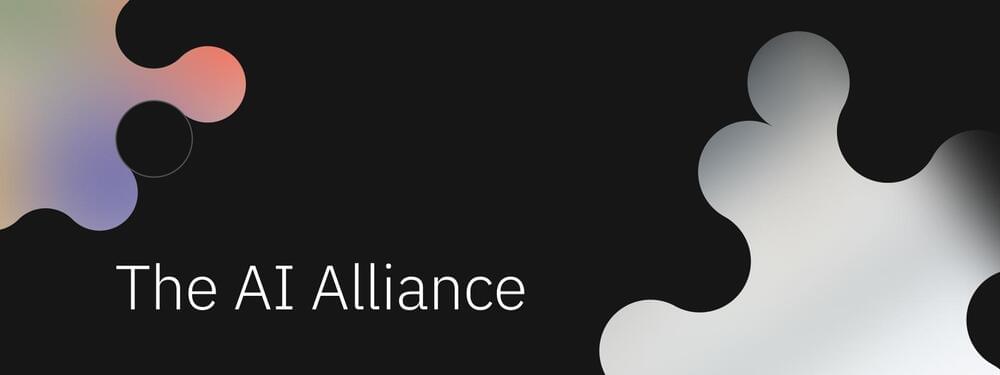The eruption of Vesuvius preserved an ancient library, but rendered its fabled contents illegible. Can AI restore what’s lost?



X.AI, Elon Musk’s artificial intelligence startup, has filed with the SEC to raise up to $1 billion in an equity offering. The company has raised nearly $135 million from four investors, with the first sale occurring on Nov. 29, according to the filing. The AI startup, which Musk announced in July,…
X.AI, an artificial intelligence startup founded by Elon Musk, has filed with the SEC to raise up to $1 billion in an equity offering.
The company has already brought in nearly $135 million from four investors, with the first sale occurring on Nov. 29, and has a “binding and enforceable agreement” for the purchase of the remaining shares, the filing says.
The AI startup, which Musk announced in July, seeks to “understand the true nature of the universe,” according to its website. Last month, X.AI released a chatbot called Grok, which the company says is modeled after “The Hitchhiker’s Guide to the Galaxy.” The chatbot debuted with two months of training and has real-time knowledge of the internet, the company claims.



KEY TAKEAWAYSAdvanced Micro Devices Inc. (AMD) on Wednesday is to launch its latest chip designed for artificial intelligence (AI) systems. The launch event could feature a comparison with competing Nvidia products and an appearance from Microsoft, Wedbush analysts said in a research report. The new…
Advanced Micro Devices Inc. (AMD) is set to unveil its latest chip designed to power artificial intelligence (AI) systems on Wednesday, a move that could help the chipmaker compete with Nvidia (NVDA) amid the AI boom.
The company is to launch the Instinct MI300 data center graphics processing unit (GPU) accelerator, at Wednesday’s AMD “Advancing AI” event. Alongside the new AI chip, AMD says it will “highlight the company’s growing momentum with AI hardware and software partners.”
AMD previously said it anticipates that MI300 will generate $2 billion in sales in 2024.



In an era where artificial intelligence (AI) is reshaping the contours of technology, a groundbreaking initiative has emerged: the AI Alliance. The alliance is a consortium of leading organizations spanning various sectors — industry, academia, research, startups, and government–united in their commitment to fostering open innovation and open science in AI.
Created by IBM and Meta, the AI Alliance is a testament to the belief that open and transparent innovation is crucial for harnessing AI advancements in a way that prioritizes safety, diversity, and widespread economic opportunity.
At the heart of the AI Alliance’s mission is creating an open community that accelerates responsible AI innovation while ensuring scientific rigor and trust. The effort is action-oriented and distinctly international, reflecting the global nature of AI’s impact.

As we venture deeper into the digital era, the scope and possibilities of data and artificial intelligence (AI) in human resources (HR) are expanding at an unprecedented rate.
Johnson & Johnson deployed an AI-based writing tool, Textio, to identify unconscious bias in their job listings. Upon identifying a masculine tilt in the language of many of their job postings, they made some AI-driven adjustments that led to a 9% uptick in female applicants.
Unilever employs AI to streamline the initial stages of its recruitment process. Candidates are asked to play a number of games that test their logic, aptitude, reasoning, and appetite for risk. Then the HR team uses machine learning algorithms to assess candidates’ suitability for the role they have applied for, by matching their profiles against previously successful employees. This approach has not only improved the efficiency of Unilever’s recruitment process but also provided a more engaging candidate experience.
Data and AI are more than just buzzwords — they are the drivers of meaningful, beneficial change within HR. As businesses move forward in this digitally connected world, prioritizing the three HR domains we’ve discussed above can create a significant difference in achieving strategic goals and building a work environment where employees thrive.
Scientists develop ‘Targettrack’ to accelerate brain imaging research.
A team of scientists have developed a pioneering AI method to track neurons inside moving and deforming animals.